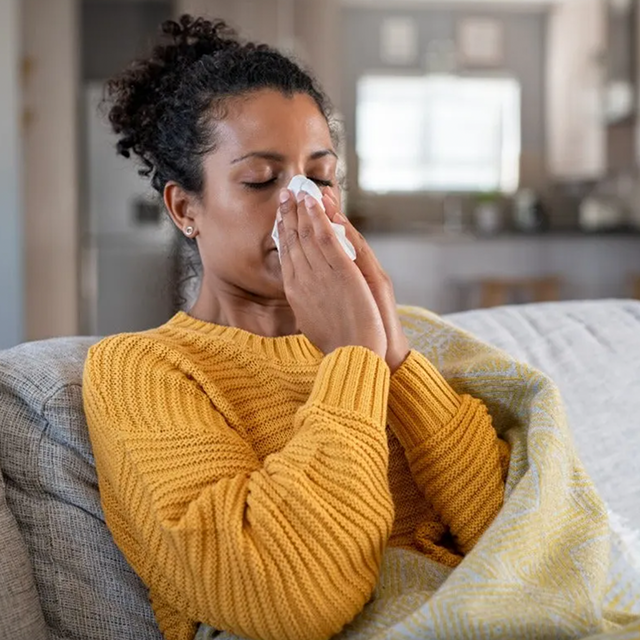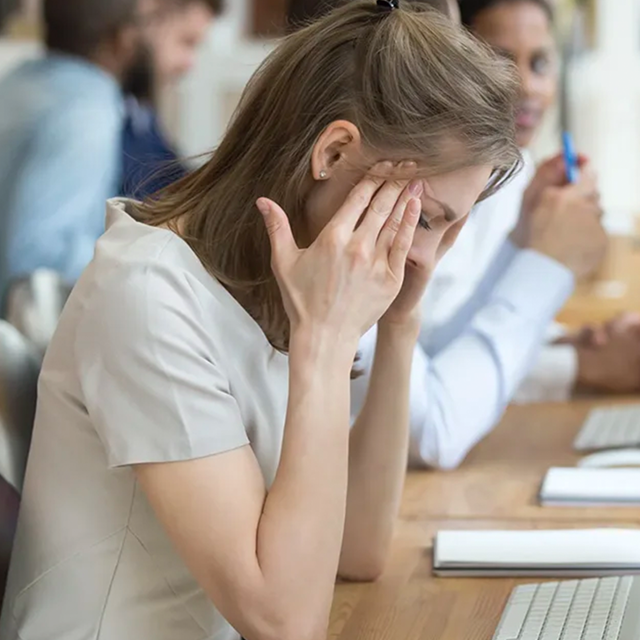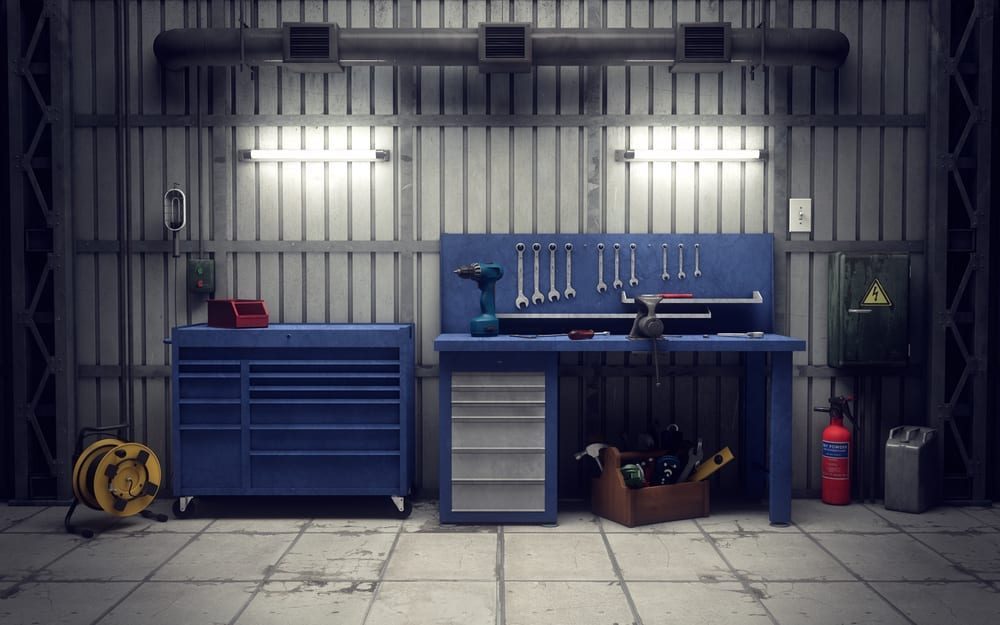If you’ve been feeling unwell at home and experiencing fatigue, headaches, sneezing, or brain fog, but those symptoms ease when you’re away, your home itself could be the problem.
This phenomenon is often referred to as Sick House Syndrome, and it’s more common than you might think. Hidden hazards like mold, radon, asbestos, and poor air circulation can silently impact your health over time.
In this post, we’ll explain:
- What “Sick House Syndrome” is
- Common symptoms to look for
- Potential environmental causes
- What to do if you suspect your home is making you sick
What Is Sick House Syndrome?
Sick House Syndrome (also called Sick Building Syndrome when referring to workplaces) describes a condition in which people experience health symptoms that seem to be linked to time spent indoors, but no specific illness can be diagnosed. The symptoms often go away or improve when the person leaves the building.
While it may sound vague, the cause is often real and measurable: hidden environmental hazards in your home’s air, structure, or systems.

Signs Your Home Might Be Making You Sick
Here are some of the most common symptoms associated with Sick House Syndrome. These symptoms often seem mild or vague at first, but can escalate over time.
Cognitive & Neurological Symptoms:
- Headaches
- Brain fog
- Dizziness
- Fatigue
Respiratory & Allergic Symptoms:
- Sneezing or coughing
- Chest tightness
- Nasal congestion
- Itchy or watery eyes
Systemic or General Symptoms:
- Nausea
- Skin irritation or rashes
- Sensitivity to smells
One of the strongest signs that your home is contributing to these symptoms? You feel noticeably better when you leave for work, errands, or vacation, but worse again when you return.
Common Hidden Causes of Sick House Syndrome
The causes of Sick House Syndrome are often invisible and require professional testing to detect. Here are the most common culprits:
1. Mold and Moisture
Mold (like black mold) thrives in damp, dark environments and releases spores and mycotoxins that can trigger asthma-like and allergic symptoms. It often hides behind walls, under flooring, inside HVAC systems, or in crawlspaces—places most homeowners never check.
2. Radon Gas
Radon is a naturally occurring radioactive gas that can seep into homes through foundation cracks or basements. It’s odorless, colorless, and the second-leading cause of lung cancer in the U.S. after smoking.
3. Asbestos and VOCs
Older homes may contain asbestos in insulation, flooring, or ceilings. In newer homes, volatile organic compounds (VOCs) from paint, carpet, furniture, and cleaners can build up in poorly ventilated spaces.
4. Poor Indoor Air Quality
Lack of proper ventilation or clogged HVAC systems can cause indoor air to stagnate, concentrating pollutants like dust, pet dander, cleaning chemicals, or carbon monoxide.
What To Do If You Suspect Your Home Is Making You Sick
You don’t need to panic—but you do need to act. The first step is to identify what’s really going on. That’s where we come in.
At PuroClean, we offer FREE home inspections to test for:
- Mold and hidden moisture
- Indoor air quality concerns
- Ventilation and HVAC issues
Our certified team will walk you through the findings and help you create a plan to restore your home’s health—and your own.

What About Sick Building Syndrome?
You may have also heard the term Sick Building Syndrome—a closely related condition to sick house syndrome that occurs in offices, schools, and other commercial buildings. Like Sick House Syndrome, it describes a range of symptoms (such as fatigue, headaches, and respiratory irritation) that seem linked to time spent in a particular indoor space.
The difference? Sick Building Syndrome typically refers to workplaces or shared buildings where issues like poor ventilation, chemical pollutants, and mold growth affect multiple occupants.
In both cases, the indoor environment is the root cause, and the symptoms usually improve when the person leaves the building.
So if you feel better when you’re not at work, your body might be telling you something important: it’s time to check your environment.
Whether you’re dealing with a home or workplace, PuroClean offers free inspections to help uncover the hidden cause.
Don’t Wait for Symptoms to Get Worse
You deserve to feel safe and healthy in your own home. If you’ve been struggling with vague, lingering symptoms that seem to vanish when you’re away, don’t ignore the signs.
Schedule your free inspection today
Let us help you uncover hidden hazards so you can finally breathe easy again.



 PuroClean of South Reno
PuroClean of South Reno